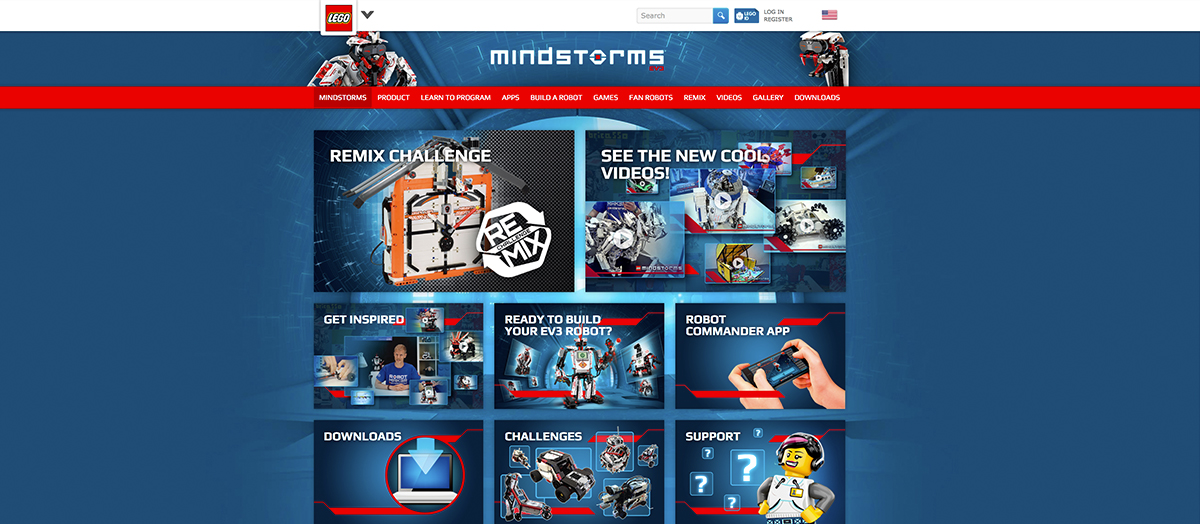
What do you do with Coca Cola? Drink it, of course. But to what purpose? As a refreshing drink that gives you a sugar rush? Certainly. As a mixer for cocktails? Often. To settle down a heavy meal? Occasionally — it was invented as a patent medicine claiming to cure everything from indigestion to impotence.
But have you ever used it as an all-purpose cleaner, stain remover, rust remover or even as pain reliever for a jellyfish sting? Believe it or not, there are people who have successfully used Coke for all of these things and more. So there’s some truth in all those YouTube videos and social media posts after all!
The bigger point to ponder here is: should the Coca Cola Company then position its flagship soft drink as serving these other purposes? Given its iconic position as the world’s foremost carbonated soft drink, and given that the market for colas far dwarfs any of these other markets, the answer is a straight no. But, could the serendipitous alternate uses of Coke come in handy for its makers and help them come up with new products?
Lego often taps into the ideas of its most creative users through its Mindstorms platform to come up with new product ideas
To answer these questions, Coke could do what Lego does. Turn to its lead users for ideas.
The Danish maker of toy building blocks often taps into the ideas of its most creative users — both young and old, to come up with new product ideas. Such users are called lead users, a term coined by MIT professor Eric von Hippel. Lego used its Mindstorms platform to harness ideas from its lead user community to come up products like hobby train and robotics kits.
Lead users are typically early adopters of innovations, and tend to be outliers in both creativity as well as passion for a given product. They are rare and often difficult to locate. But investing in finding them and engaging with them makes sense as they not only provide innovative product ideas and alternate positioning for existing products, but also influence people around them to use a certain product. The tacit knowledge and passion of lead users often helps companies improve existing products and introduce new product lines.
Lead users not only provide innovative product ideas and alternate positioning for existing products, but also influence people around them to use a certain product
Companies in several domains — technology firms, food and beverage manufacturers, makers of industrial products — have greatly benefited from lead user innovations. Many of them engage with lead users by setting up communities to harness their potential. Manufacturers of snacks like potato chips and chocolates often invite recipes from users, featuring the best on their websites, in an attempt to discover new flavours.

Sometimes, lead users help companies find innovative solutions to persistent problems. For instance, 3M, a conglomerate best known for the Scotch Tape, Post-it and other adhesive products, harnessed its lead users to develop a new kind of surgical drape to prevent infections after surgery.
Their medical-surgical markets division assembled a group of people from various functions, including marketing and product development, who spent months studying the practices of doctors and nurses in developing countries to understand how they dealt with infections when money or resources were scarce. They even studied veterinary surgeons, whose resources were much more constrained than doctors, to find out how they kept infections down in their facilities. Another type of lead users for 3M, were, surprisingly, Hollywood makeup artists who had innovative ideas to reduce skin irritation.
Sometimes, lead users help companies find innovative solutions to persistent problems. 3M, best known for the Scotch Tape and Post-it, harnessed its lead users to develop a new kind of surgical drape to prevent infections after surgery
Drawing from the ideas of these lead users, the team came up with three product lines, including an economy surgical drape, a handheld device to apply antibiotics to the skin and a lining for catheters to prevent infection. A study by Gary Lilien and colleagues found that 3M’s lead user products generated revenue of roughly $146 million over five years, which was over eight times the sales generated by the average non-lead user generated product.
However, do all products have lead users? Probably not. But there are enough anecdotes of small start-ups using Dunzo to deliver last-minute orders and beer being used as a conditioner for product companies to conduct at least a preliminary search for lead users in its market research and product development process.
This column is intended to showcase interesting academic research in marketing. The technically oriented reader is encouraged to read the original research articles cited in the column.
Prithwiraj Mukherjee is Assistant Professor of Marketing, IIM Bangalore. Views are personal.
Lead visual: Angela Anthony Pereira
Subscribe to FactorDaily
Our daily brief keeps thousands of readers ahead of the curve. More signals, less noise.










